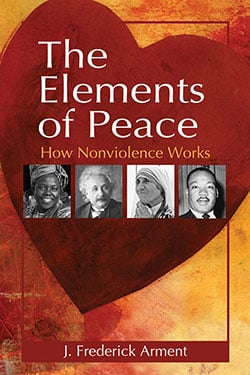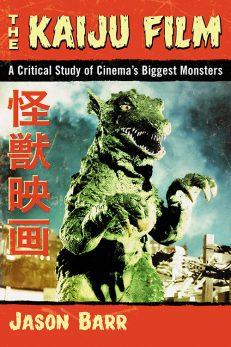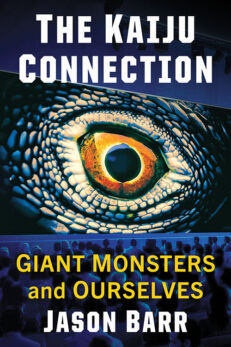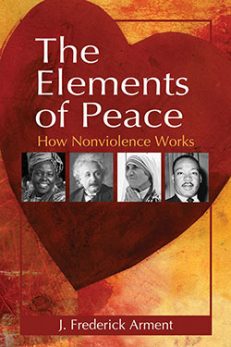The Elements of Peace
How Nonviolence Works
Original price was: $29.95.$14.99Current price is: $14.99.
In stock
About the Book
This guide to nonviolent conflict resolution presents thirty methods of maintaining or achieving peace, each with an in-depth case study. Methods covered, and their real-world applications, include the art of diplomacy (the 1995 Dayton Peace Accords), fair trade (the 1997 fair trade certification agreement), civil disobedience (the civil rights movement in the United States), humanitarianism (the rescue of the Hungarian Jews during the Holocaust), the rule of law (the International Tribunal for the Former Yugoslavia), and peace education (the Nobel Peace Prize), among many others. It concludes with a summary of the methods and the virtues of peace. Instructors considering this book for use in a course may request an examination copy here.
About the Author(s)
Bibliographic Details
J. Frederick Arment
Format: softcover (6 x 9)
Pages: 271
Bibliographic Info: 33 photos, appendix, notes, bibliography, index
Copyright Date: 2012
pISBN: 978-0-7864-6854-6
eISBN: 978-0-7864-9149-0
Imprint: McFarland
Table of Contents
Acknowledgments ix
Preface 1
Introduction: Real-World Methods of Nonviolence 5
1. The Art of Diplomacy: Dayton Peace Accords (1995) 15
2. The Vision of Statecraft: The “Handover” of Hong Kong (1984) 21
3. The Process of Reconciliation: Truth and Reconciliation Commission (1996) 28
4. Mediation Techniques: The Good Friday Agreement (1999) 34
5. Arbitration Techniques: The WTO TRIPPS Agreement (1995) 40
6. Peacekeeping: East Timor Independence (1999) 46
7. Economic Aid: Economic Aid to Africa (2008) 53
8. Fair Trade: Fair Trade Certification Mark (1997) 59
9. Boycott: The “No-Grapes” Boycott (1965–1975) 65
10. United Action: Poland’s “Solidarnosc” Movement (1980) 71
11. Civil Disobedience: The Civil Rights Movement (1955) 76
12. Conscientious Objection: Desmond Doss (1945) 82
13. Spiritual Practices: Penn’s Treaty with the Delaware (1693) 87
14. Pacifism: The Russell-Einstein Manifesto (1955) 92
15. Cultural Exchange: “Ping Pong Diplomacy” (1972) 99
16. Citizen Diplomacy: Monitoring of Palestinian Elections (2006) 105
17. Environmental Activism: The Green Belt Movement (1977) 111
18. Artistic Expression: Imagine Peace Tower (2007) 117
19. Nonviolent Resistance: Burma’s Buddhist Monk Vigils (2007) 123
20. Arms Reduction: Strategic Offensive Reduction Treaty (2003) 131
21. Humanitarianism: Rescue of the Hungarian Jews (1944–1945) 138
22. Distributive Justice: Jubilee 2000 Drop the Debt Campaign (2000) 144
23. Witnessing Violence: Human Shield Action in Iraq (2003) 149
24. Rule of Law: International Tribunal for the Former Yugoslavia (2003) 154
25. Alternative Resources Acquisition: Non-Conflict Diamond Certification (2003) 159
26. The Golden Rule: Mayor “Golden Rule” Jones (1897) 164
27. Peace Education: Nobel Peace Prize (1901–present) 169
28. Global Wellness: Doctors Without Borders (1971) 173
29. Two-Party Conflict Resolution: Schoolyard Swing Dispute (every day) 179
30. Personal Transformation: Sadako Sasaki’s Peace Cranes (1955) 185
31. Summary of Methods 190
Conclusion: The Virtuoso of Peace 197
Appendix: The Methods and Virtues of Peace 235
Notes 239
Bibliography 251
Index 259
Book Reviews & Awards
“presents a survey of methods of attaining or advocating peace through nonviolent means”—Reference & Research Book News.





